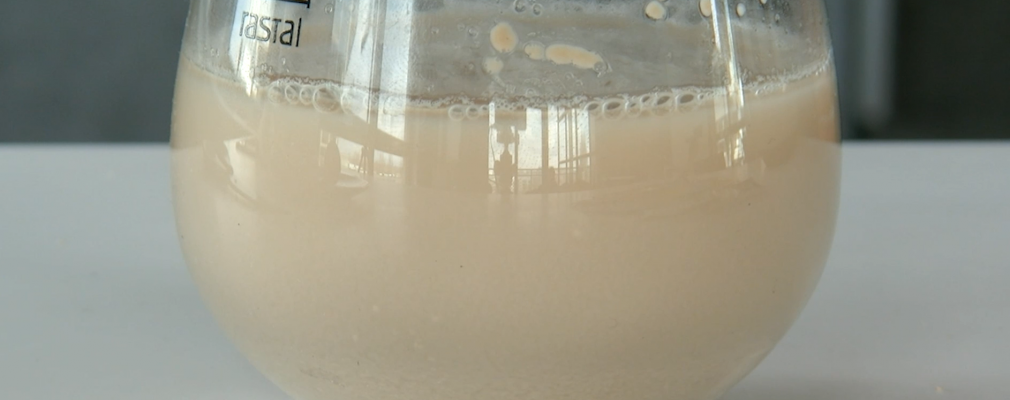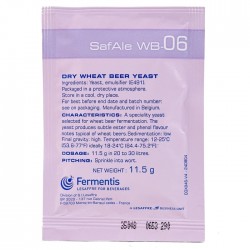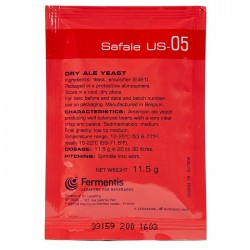 Dry yeast hydration is a very easy process. It allows water to enter the yeast cells, allowing them to restore their metabolic properties similar to those they had before they were dry-hydrated. Although dry yeast producers allow the option of using it directly after opening the package (skipping rehydration), it's always worth spending a few minutes for the fermentation to run more smoothly and for the beer to taste better as a result.
Dry yeast hydration is a very easy process. It allows water to enter the yeast cells, allowing them to restore their metabolic properties similar to those they had before they were dry-hydrated. Although dry yeast producers allow the option of using it directly after opening the package (skipping rehydration), it's always worth spending a few minutes for the fermentation to run more smoothly and for the beer to taste better as a result.
Rehydration of dry yeast - what does it look like in practice?
In order to rehydrate dry yeast, we will need a few items that are most often found in the equipment of a standard home kitchen, and certainly a home brewer!
Equipment needed for rehydration:
- thermometer,
- glass,
- a lid for the glass (can be a plate),
- spoon,
- disinfectant.
Raw materials needed for rehydration:
- yeast (dry),
- about 100ml of boiled water.
How to rehydrate dry yeast in 5 steps
Follow the steps below to rehydrate dry yeast:
1. bring the water to the boiling point. This will kill any microorganisms present which could later develop in the fermenting wort and thus contaminate the beer.
2. Cool the water to 30-35°C for top-fermenting yeast or 21-25°C for lager yeast. It's best to do this in the glass in which you intend to rehydrate. It is also a good idea to disinfect the glass beforehand.
3. When the thermometer shows the right temperature for the yeast, pour the yeast onto the surface of the water. Cover the glass and leave it to stand for a further 15 minutes so that the yeast takes on water on its own.
4. After the indicated time, stir the yeast thoroughly with a disinfected spoon. Then cover the glass and set aside for another 5 minutes. The yeast should start to rise during this time.
5. after the indicated time has passed, the rehydration is finished - you can add the rehydrated yeast to the wort by pouring it into a fermenter with wort. However remember that the temperature of the wort you want to add the rehydrated yeast to should be close to the temperature of the liquid inside the glass.


























Dodaj komentarz
0 komentarze